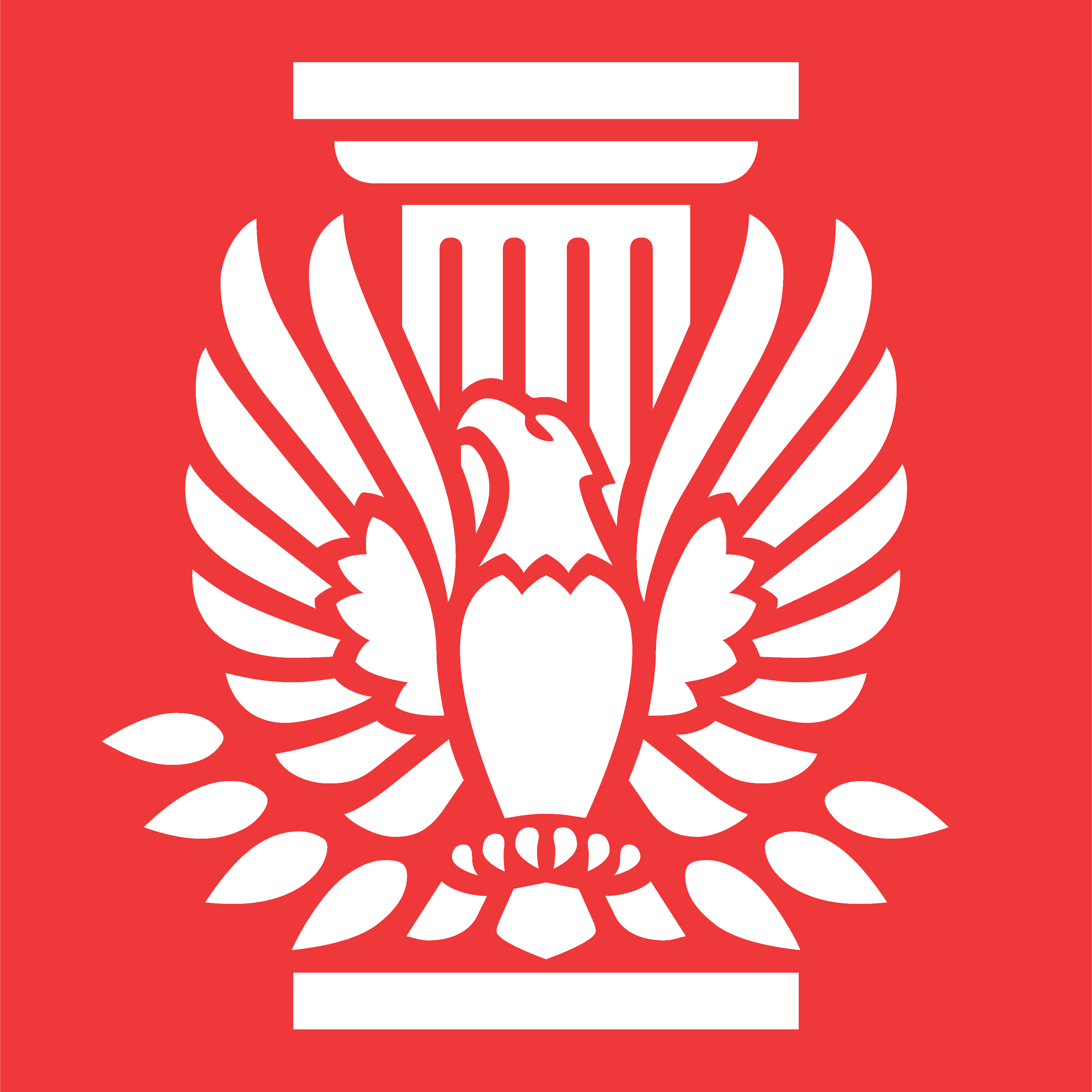PAU Studio | Completion Date: Published July 2020 | Location: Manhattan, NY
When the COVID crisis subsides—in the weeks and months after a vaccine or cure is developed—will we return to the same polluted, congested, and unequal cities we had in the past, or can we collectively envision a more just urban future in which we the people “dominate the streets?”
From New York to New Delhi brilliant blue skies now hover above our cities, an ephemeral side effect of our global pandemic. With traffic worldwide drastically reduced in response to painful economic shutdowns, our streets are largely devoid of their usual vehicular congestion; global carbon emissions have reduced substantially. Such a dramatic transformation of our streets—the building block of any city’s public realm—demand more debate on their true purpose given both the pre-COVID pedestrianization measures recently implemented along thoroughfares like New York’s 14th Street and the riverfront of Paris, as well as the current protester drumbeat of “Whose Streets? Our Streets,” a question that demands answers in the wake of the murders of George Floyd and countless other black citizens on streets that are so ruthlessly patrolled. In N.Y.C. (“Not Your Car”), PAU, in collaboration with Farhad Manjoo and the Op Ed desk of the New York Times, explores the potential of our streets in a unique moment of political upheaval and environmental crisis to consider the inequities and predation caused by private cars in our supposedly public realm.
Building on the work of similar past proposals listed below, PAU in conjunction with the New York Times and our transportation planning partners at Buro Happold propose a singular, sweeping change—to ban all private vehicles in Manhattan other than taxis, buses, emergency and freight vehicles, Access-A-Ride, and ride share services soon after the pandemic abates— in order to transform not only Manhattan but all of the boroughs who are forced to bear its traffic. We believe such a change would usher forward a vastly more equitable, ecological, and enjoyable city that would recover faster from its current economic and inequity crises because as our proposal illustrates, our streets would engender fairer health outcomes, better climate resilience, responsible waste management, and faster, more pleasant commutes for essential workers who today must compete for invaluable space on our clogged regional arterials with those wealthy enough to drive into and within Manhattan.
In crafting such a provocation in the service of public debate, we eschew the image of a techno-futurist bourgeoisie utopia that is often associated with such proposals; instead PAU sees this proposal in the service of everyday New Yorkers and achievable in the near term, using existing infrastructures, technologies, landscapes, and NYCDOT street furniture templates. Beyond the transportation and air quality benefits, which are legion, of particular focus for this study are the spatial potentials of freeing up traffic lanes and curbside parking for public use.
